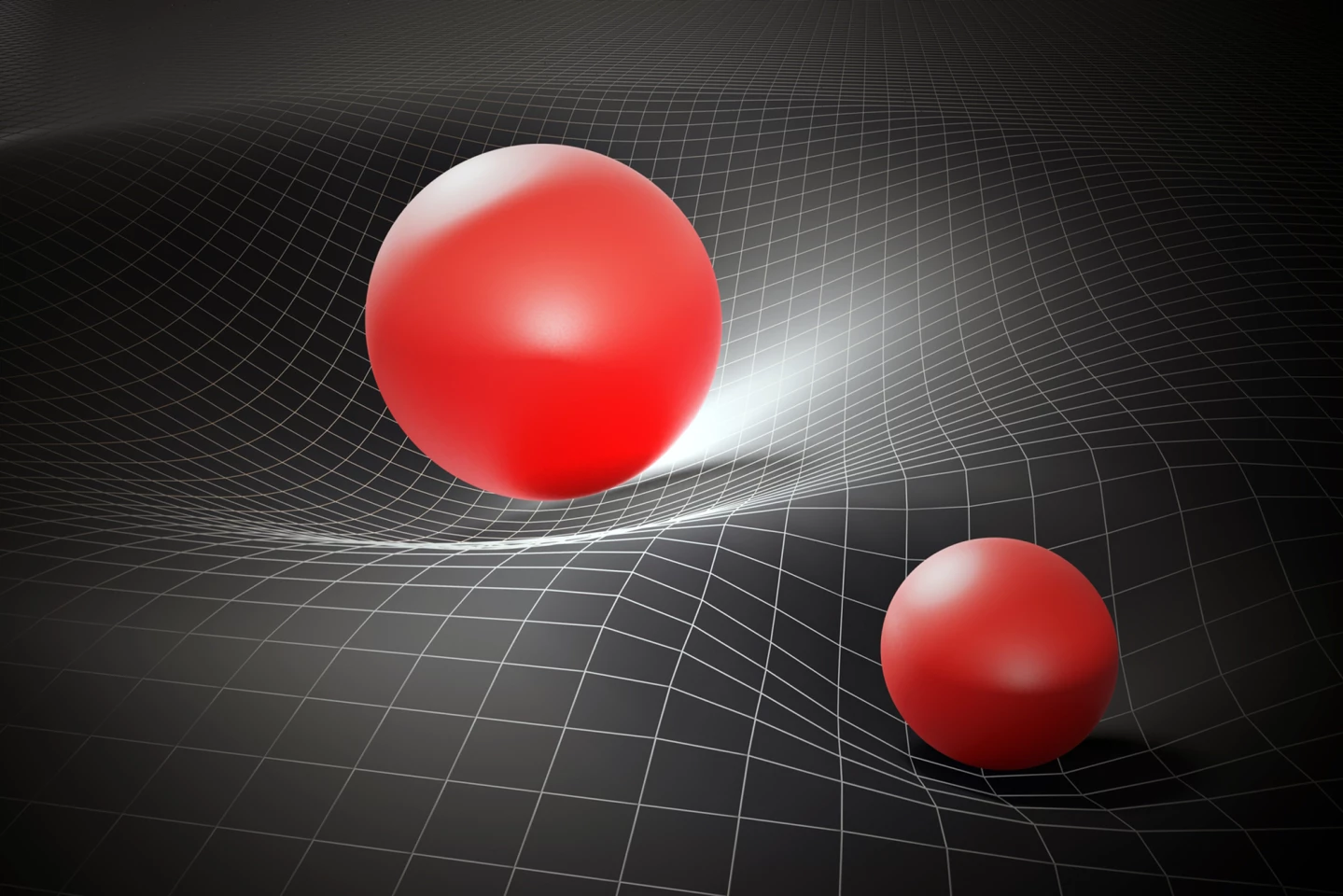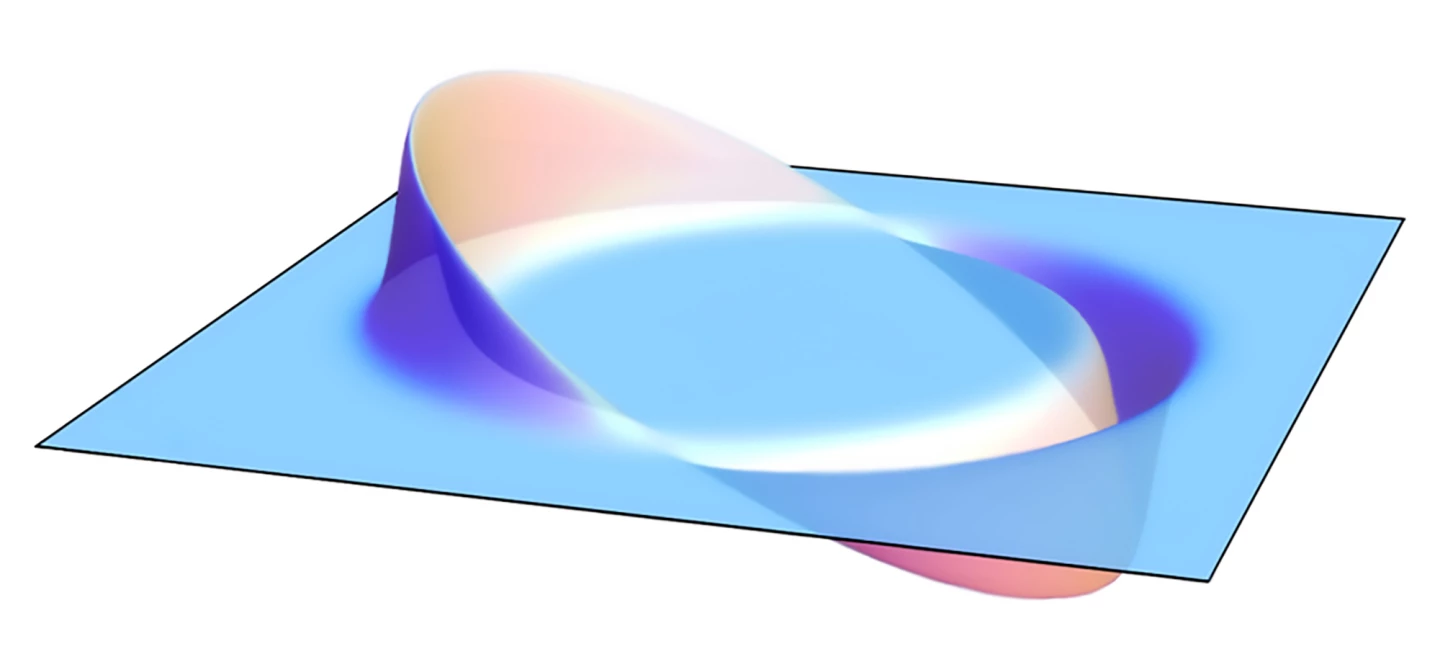Warp drives are among the more plausible of science fiction concepts, at least from a mathematical perspective. Now, Applied Physics, a multidisciplinary group of international scientists and engineers, has launched Warp Factory, open-source software that anyone can use to design a functional warp drive.
“Physicists can now generate and refine an array of warp drive designs with just a few clicks, allowing us to advance science at warp speed,” said Gianni Martire, CEO of Applied Physics. “Warp Factor serves as a virtual wind tunnel, enabling us to test and evaluate different warp designs. Science fiction is now inching closer to science fact.”
A lot of people would be familiar with warp drives, at least as a concept. Fans of the Star Trek universe and other, lesser sci-fi franchises, have come to accept the idea of space travel at faster-than-light speeds – it speeds up storytelling, for one thing, and means characters can cross galaxies without aging thousands of years.
But many would be surprised to know that warp drives actually have some basis in science.The physics of warp drives: Einstein, bowling balls and rubber sheets
In sci-fi literature, superluminal – another way of saying faster-than-light – travel (FLT) is achieved by warping or deforming spacetime around an object (e.g., a spacecraft), hence the term ‘warp drive’. But what is spacetime?
In physics, spacetime is a conceptual model that fuses the three dimensions of space (a set of x, y, and z coordinates; a physical location) with a fourth dimension: time (t). Thinking of the universe as a single continuum where space and time are interwoven means that time, considered an independent entity according to classical physics, is actually affected when an object moves through space. Albert Einstein helped develop the idea of spacetime as part of his theory of relativity, which is, in fact, two related theories.

Einstein’s special theory of relativity explains the relationship between space, time, mass and energy and states that energy (E) equals mass (m) times the speed of light (c) squared. E = mc2. That is, energy and mass are different, interchangeable versions of the same thing, but the speed of light is a constant – it’s the same everywhere in the universe.
One result of this famous theory is that as an object moves faster, its observed mass increases. As the object approaches the speed of light, its observed mass becomes infinitely large, so an infinite amount of energy is needed to make it move. Under the theory of special relativity, then, the speed of light is the absolute speed limit of the universe.
The special theory of relativity relates to objects that aren’t accelerating (called inertial reference frames), but it doesn’t incorporate gravity. That’s what the general theory of relativity is for.
General relativity states that gravity is how mass warps space and time. The larger the mass, the more it warps spacetime. These warps, or curves, constrict how everything in the universe moves, because objects have to follow paths along this warped curvature.
This is where we get that classic image of a bowling ball (representing a massive object) being placed onto a stretched rubber sheet (representing spacetime). If a marble is placed on the sheet, it will roll towards the bowling ball and may even ‘orbit’ it. This occurs not because the larger mass emanates a force that attracts the smaller mass, but because the smaller mass is travelling along a surface that’s been deformed by the larger mass’ presence.
Warp drives are solutions to Einstein’s field equations, which form the core of his general theory of relativity and can calculate how a particular distribution of matter and energy deforms spacetime. The equations are too complicated to tackle here, but for a simplified explanation, check out the video below by theoretical physicist and science philosopher Sabine Hossenfelder. She discusses general relativity at the 3:54 mark and goes on to discuss the research that appears in the next section.
Warp drive research: From theory to reality?
Einstein’s theory taught us that space can be deformed with energy. A bubble of energy surrounding an object, such as a spacecraft, contracts the space in front of it and expands the space behind it. The deformation causes desired locations to move closer to the object, meaning it can travel without moving. But the big question in all of this is: What type of energy is the bubble made of?

In 1994, theoretical physicist Miguel Alcubierre proposed that a spacecraft could travel faster than the speed of light by utilizing this contraction-expansion mechanism. Essentially, the ship would remain encapsulated in an energy bubble, and its crew would not sense the interstellar journey.
Unfortunately, Alcubierre’s mathematical equations didn’t explain how his proposed warp drive allowed travel beyond the speed of light. Further, it required large amounts of ‘negative energy’ – something that doesn’t exist. The Alcubierre Drive was widely considered unachievable.
After Alcubierre, the ‘reality’ of warp drives took a big hit. The concept didn’t really recover until 2020 when the next big paper came out: Alexey Bobrick and Gianni Martire’s Introducing Physical Warp Drives.
In the paper, Bobrick, a theoretical astrophysicist, and Martire, a self-taught physicist and tech entrepreneur, developed the first-ever model for physical warp drives that avoids the issues with Alcubierre’s model. Importantly, the researchers’ model was concerned with subluminal travel, that is, travel slower than the speed of light.
The researchers, from Applied Physics, describe warp drives as “inertially moving shells of positive or negative energy material which enclose a ‘passenger’ region within a flat metric." The more massive a spherical shell becomes, the more influence it has on the spacetime inside it – significant mass produces a significant effect. In the video below, Bobrick and Martire discuss their research in more detail.
The Bobrick-Martire model reduced energy requirements by a factor of 30 and proved that warp drives could function without theoretical fuels such as negative energy, ostensibly confirming that warp drives are physically possible. While the research didn’t explain how an object could be accelerated to superluminal speeds, it provided a solid mathematical basis for studying warp drives.
After watching Star Trek: The Next Generation as a kid, physicist Erik Lentz was motivated to make warp drives a reality. Coupled with the recently published Bobrick and Martire paper, Lentz’s 2021 paper caused a worldwide media frenzy, reigniting the idea of superluminal travel in the public consciousness.

Using Einstein’s field equations, Lentz stitched together unexplored configurations of warp bubbles – he called them ‘solitons’ – arriving at an arrangement that could achieve FTL travel using only positive energy from conventional energy sources.
In a press release accompanying the study, Lentz postulated that, provided sufficient energy could be generated, the equations he used would allow space travel from Earth to Proxima Centauri, the closest known star to the Sun, and back “in years instead of decades or millennia”. However, energy remained a barrier to realizing a real-life, physical warp drive, and Lentz didn’t explain how his positive-energy model avoided negative energies.
“The energy required for this drive travelling at light speed encompassing a spacecraft of 100 meters [328 ft] in radius is on the order of hundreds of times of the mass of the planet Jupiter,” Lentz said. “The energy savings would need to be drastic, of approximately 30 orders of magnitude to be in range of modern nuclear fission reactors.”Introducing Warp Factory
Bobrick and Martire again entered the discussion in 2024, collaborating with researchers from the Israel Institute of Technology and the University of Alabama to publish a paper titled Analyzing Warp Drive Spacetimes with Warp Factory. Coinciding with the study’s release was the launch of the said Warp Factory.
Sabine Hossenfelder revisits warp drives in the context of this new research paper in the video below.
Developed at Applied Physics’ Applied Physics Laboratory (APL), Warp Factory enables researchers determined to make warp drives a reality to model warp drive spacetimes. The open-source software performs Einstein’s field equations and computes energy conditions, among other things, providing users with 2D and 3D visualizations. The code is available on GitHub.
“By using Warp Factory, researchers can extensively explore a wide range of warp metrics, particularly in cases where analytical calculations become impractical,” the researchers said.
What are you waiting for? Interstellar travel awaits! Make it so.
Source: Business Wire








